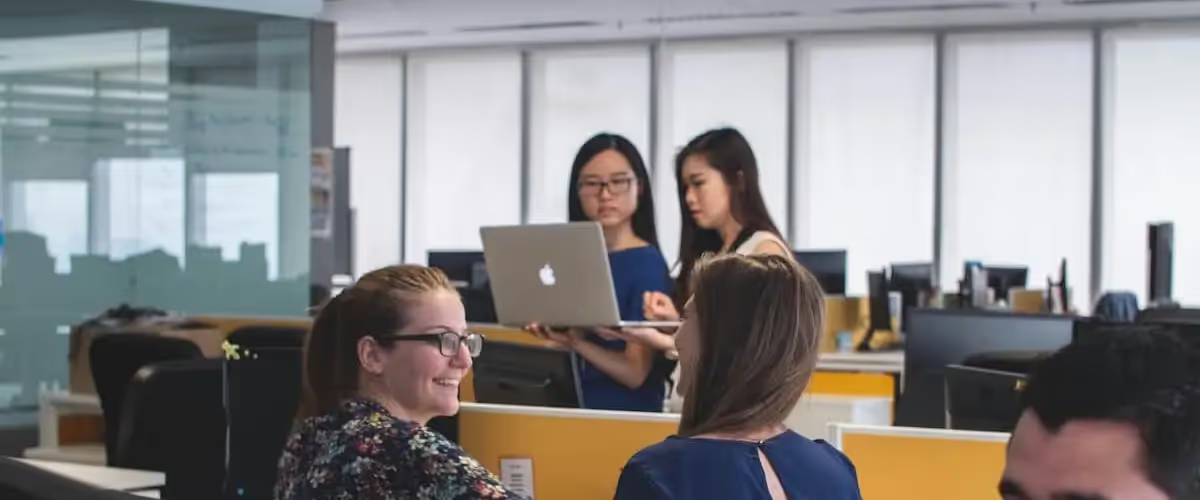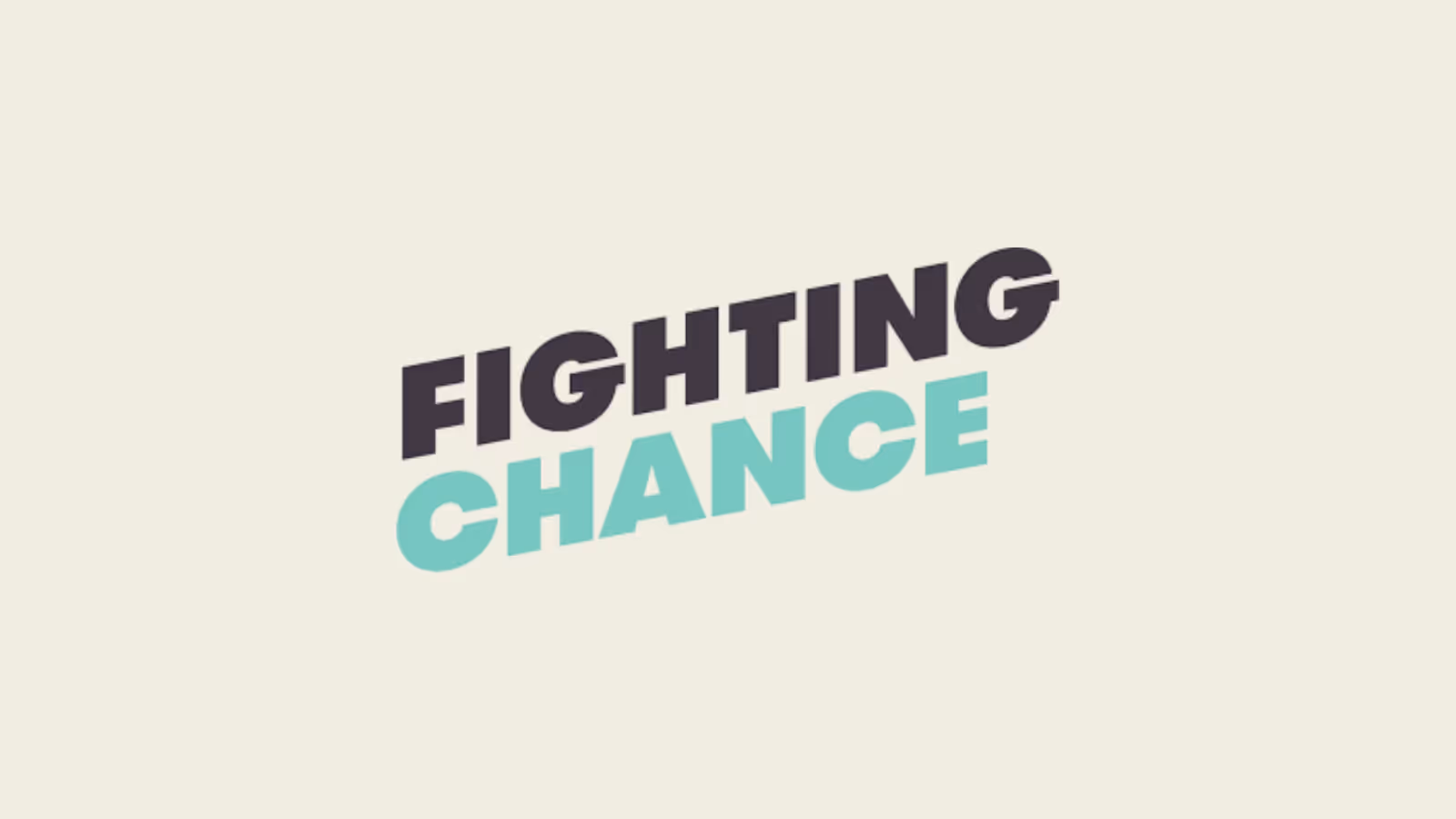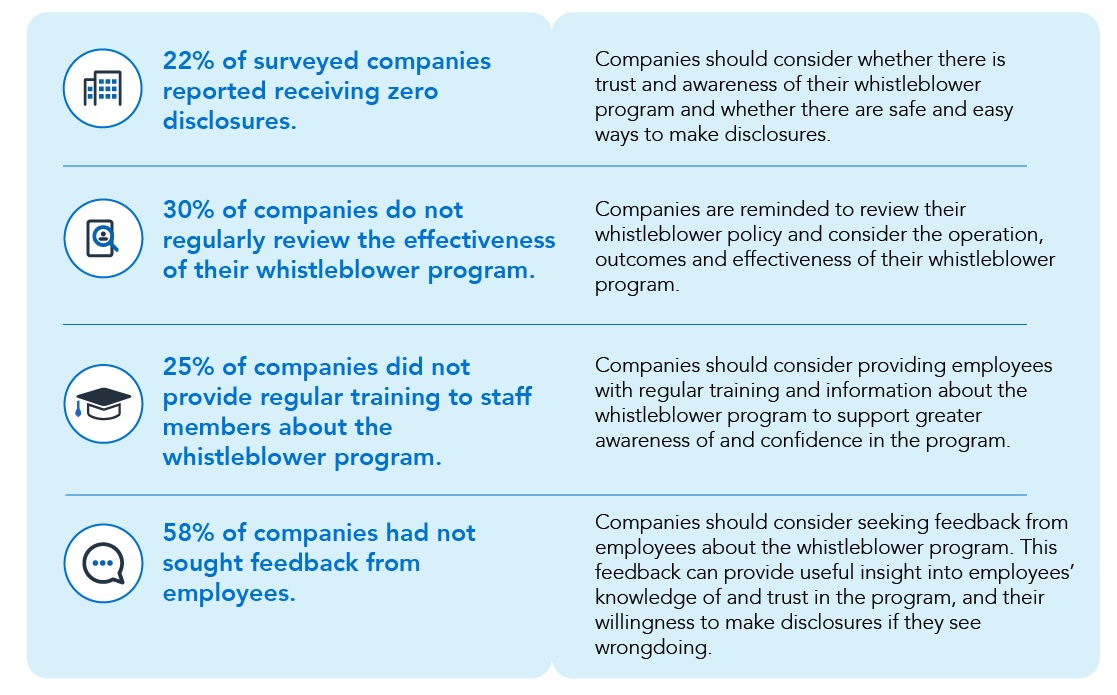Managing Psychosocial Hazards in the Workplace
Learn strategies to manage psychosocial hazards at work, from identification through to reporting.

Psychosocial hazards in the workplace stem from work design, the work environment, and workplace interactions and relationships.
These hazards can trigger stress, leading to psychological and physical harm if sustained. The implications are significant for both businesses and individuals, affecting their families as well.
The Code of Practice now requires businesses to manage hazards through four steps: identify, assess, control, and review. The control and review processes ensure that businesses establish action plans and continuously monitor emerging hazards.
Recognising The 14 Domains of Hazards
The safe work code of practice identifies 14 domains of hazards that can impact employees’ physical and mental health. These hazards can be considered at individual, team, and organizational levels.
At the individual level, risks could be related to interpersonal difficulties, specific incidents, or the design of work tasks. At the team level, risks could stem from limited control over work, a poor culture surrounding organisational change, or insufficient support from managers and colleagues.
At the organizational level, risks could include physical hazards like dangerous machinery or substances, adverse environmental conditions, or a negative psychosocial safety culture across the organization.
Psychosocial hazards will vary between workplaces and between groups of workers, depending on the work environment, organisational context and the nature of work.
How does it work
The management process for these hazards is laid out in the Code of Practice. This follows a 4 step process as displayed in the diagram and consists of:
- Identify Hazards
- Assess Risks
- Control Risks
- Review Control Measures
Identifying Psychosocial Hazards
The process of identifying the psychosocial hazards specific to your workplace involves working collaboratively, gathering data and using evidence based tools, and getting staff feedback through reporting.
- Employee consultations: encouraging open communication and feedback.
- Use of surveys and anonymous reporting tools.
- Observational techniques: assessing workplace behaviours and interactions.
Assessing and Understanding Risks
The main purpose of conducting a psychosocial risk assessment is to systematically identify, evaluate, and prioritize hazards that could negatively affect employees’ psychological and physical health.
It is advisable to use a risk assessment tool to thoroughly assess these hazards both individually and in terms of cumulative harm.
- Factors to consider: duration, frequency, severity of exposure.
- Impact of multiple hazards or interactions between hazards.
- documentation and process for conducting thorough risk assessments.
Talk To Us About Psychosocial Risk Assessments
Effective psychosocial risk assessment is essential not only for compliance with WHS legislation and code of practice but also safeguarding the mental wellbeing of your team.
Controlling the Risks
Once psychosocial hazards have been identified and the risks assessed, the next crucial step is to implement effective control measures. The aim of controlling these risks is to minimise the likelihood and severity of harm to employees’ mental health and overall wellbeing.
The process of controlling risks involves consulting workers, identifying control strategies, implementing strong hazard reporting measures and review control regularly.
- Proactive measures: eliminating hazards where possible.
- Substitution of risks: finding alternatives psychosocial hazards
- Engineering controls: adjusting work systems and environments.
- Administrative controls: policies, procedures, and training.
- PPE: personal safety equipment
Administrative controls and personal protective equipment (PPE) are the least reliable controls and provide the lowest level of health and safety protection. You should consider these last and use them in combination with more effective controls.
The greater the risks, the more that is required to be done to eliminate or minimise it. This may mean using more than one, or a combination of control measures.
Roles and Responsibilities For Managing Psychosocial Hazards at Work
According to the Safe Work code of practice a person conducting a business or undertaking (PCBU) has a primary duty of care to ensure the health and safety of workers while they are at work in the business or undertaking and others who may be affected by the carrying out of work, such as visitors.
Within a business a PCBU might be a designed role, or this responsibility might sit within a few roles and designations. Whilst the PCBU holds the responsibility, the controls and implementation is a shared responsibility across the business including directors, team leaders and managers and senior leaders.
Implementing Control Measures
Elimination or Substitution
Wherever possible, eliminate the hazard altogether or substitute it with something safer. This approach focuses on removing the source of the hazard from the workplace environment. For example, if a particular work practice is known to cause excessive stress due to its design, consider redesigning the process to reduce stress levels.
Administrative Controls
These controls involve changing the way work is organised or managed to reduce exposure to hazards. Examples include implementing clear policies and procedures for managing workloads, scheduling regular breaks to prevent burnout, or establishing support systems for employees facing stressful situations. These controls should be used after other options have been exhausted.
Monitoring and Reviewing Control Measures
Once control measures are in place, it’s essential to monitor their effectiveness and review them regularly. This ensures they continue to protect employees and are adjusted as necessary. Monitoring and review activities include:
- Regular Evaluation – assessing whether the implemented controls are working as intended and achieving the desired outcomes.
- Proactive action – Addressing emerging hazards or changes in the workplace environment.
- Feedback Mechanisms – establishing channels for employees to provide feedback on the effectiveness of controls and any ongoing concerns.
- Data Analysis – reviewing relevant data such as incident reports, absenteeism rates, and employee feedback to identify trends or areas needing improvement.
- Consultation – Continue to involve employees in the process to ensure their perspectives are considered and to identify any emerging issues or new hazards.
Summing Up
The Code of Practice now mandates a four-step hazard management process for businesses: identify, assess, control, and review. Control measures, aimed at minimizing potential harm to employees’ mental health and overall wellbeing, must be implemented.
These measures can include proactive steps, risk substitution, engineering controls, administrative controls, and personal safety equipment. Regular monitoring and review of these control measures are crucial to ensure their effectiveness and adapt to any new hazards or changes.

Hello 👋 I’m Joel the founder of Foremind.
Are you ready for simplified support & compliance?
Latest insights
Answers to the frequently asked questions.
Still have questions?
Email us at enquiries@foremind.com.au and we'll get back to you quickly with a response
Yes, we have culturally competent counsellors available, including those able to work with first nation and CALD employees.
Onshore on secure AWS Servers in Sydney Australia. All data is encrypted in transit and at rest and our entire team is located in Australia.
Employees can access our platform on any device (mobile, laptop, desktop, etc.) as long you have the website link - no need to download any app on devices. You wouldn’t need to enrol any of your staff individually.- When we do our onboarding, we ask for the first name, last name and email of all your employees, and send out an email invite to all them which will allow them to create their own individual account to access the platform. For new staff we can also invite them or provide you with a unique link to embed in your onboarding process, whichever is more convenient for you. We also kick things off with a launch webinar or video to make sure everyone is aware of Foremind and how to use it. We’ll also provide you with any collateral such as posters, QR codes, brochures etc. to help drive awareness and encourage people to create an account in the platform.
The support line is answered by our reception service 24/7. It is for urgent platform or session-related issues only (e.g. *“My counsellor didn’t show”*) or helping staff create an account.






